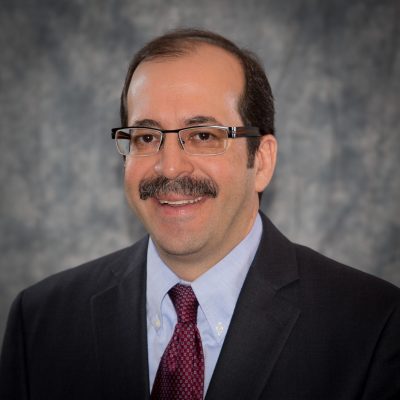
A consumer desire for a personalized experience is converging with the healthcare consumerism trend to alter patient expectations for their relationships with caregivers. Wearable devices, IoT data, and healthcare apps that track sleep, diet, and exercise give consumers more insight and control of their overall health, and they increasingly view PCPs and healthcare professionals (HPs) as simply part of an overall healthcare journey. An important part, to be sure, but more like partners pursuing a shared goal of healthly outcomes than dispassionate authority figures.
In a survey that health technology vendor Welltok conducted on patient loyalty, 84% of respondents said they would feel a greater sense of loyalty to a physician if their overall health and wellbeing were supported outside of a clinical setting, such as help with nutrition, stress management, and weight loss. That expectation extends beyond regular appointments – 75% of patients surveyed said they want “continuous interaction” with a provider between appointments.
Physicians, Know Thy Patient
To meet the expectations of the always-on, continuously connected healthcare consumer wanting continuous support and personalized treatment, HPs must know something about a patient beyond clinical data collected at the point of care. For a patient with a chronic condition (roughly 60% of all Americans, according to CDC data), a visit to an HP is just the tip of the iceberg when it comes to disease management. A highly personalized treatment plan might include help with prescription adherence, diet and nutrition advice, telehealth engagements, regular lab visits, and ongoing education. By knowing a patient’s social determinants of health, personalized care might also include education for family assistance, help with transportation, or home medication delivery.
Consider a patient with COPD, a chronic condition with patient-specific classifications of therapy where it is recommended that each patient’s treatment regimen be tailored specifically to their needs. Often, treatment includes education/plans that rely on support from pharmacists such as how to use an inhaler. Coordinating care between a PCP and a local pharmacy seems self-evident, but it is more an exception than the rule, with each caregiver using siloed point-of-care data. From the healthcare consumer’s perspective, a lack of coordination creates a fractured experience that can seem repetitive. The patient is asked the same questions, submits the same information, and essentially has the sense that there are multiple voices guiding the journey.
Most healthcare consumers are familiar with confusing processes, providers/insurers lacking up-to-date data or just lacking a contextual understanding of them as a whole person with unique needs. The root cause is siloed data and/or processes where multiple stakeholders may have different strategies or even competing financial incentives for improving health outcomes.
Deliver a Consistent, Omnichannel Experience
Eliminating data siloes is a key step in developing a deeper understanding of the healthcare consumer and providing HPs with the context needed to deliver a consistent, relevant experience across an end-to-end healthcare journey.
Integrating consumer data from every conceivable source (claims, clinical, social determinants of health, labs, testing facilities, IoT behavioral data, intent, etc.) gives HPs a single view of the healthcare consumer that is a key element in personalizing an end-to-end experience. More than just compiling data from multiple sources, a single view, or “golden record,” of a healthcare consumer also must be updated in real-time to ensure that providers consistently deliver a next-best-action in the cadence of an individual patient. Think of a COPD patient who completes a medication survey on a pharmacist’s website, and how important it might be that the patient’s PCP be immediately notified of non-compliance.
In addition to a real-time, single view of the healthcare consumer, another key element needed to provide end-to-end personalized care is the ability to orchestrate a holistic experience across every channel of engagement. Orchestrating a holistic experience entails the activation of a golden record, using a single point of operational control to deliver a next-best-action that is optimized for an omnichannel journey.
For many chronic conditions, a healthcare journey encompasses many stages and a host of physical and digital channels. Patients have multiple caregivers and points of care. A single point of control eliminates the traditional pain points of a fractured experience by giving each caregiver access to the same, updated record. Providers are empowered to always deliver the next-best action for a patient in the precise cadence of the healthcare journey.
A single point of control puts the healthcare consumer at the center of a holistic journey and delivers a consistent experience across every channel. In this way, treatment plans can be coordinated across an extensive network of caregivers, all tailored to a patient’s individual journey and engagement preferences. The result is often reduced costs, better efficiency, and patients who are satisfied with a personalized experience and more invested in reaching healthier outcomes.
About John Nash
John Nash is Chief Marketing and Strategy Officer at Redpoint Global. He has spent his career helping businesses grow revenue through the application of advanced technologies, analytics, and business model innovations. In his role at Redpoint Global, John is responsible for developing new markets, launching new solutions, building brand awareness, generating pipeline growth, and advancing thought leadership.